
![]() Insights
Insights
PPC
There is no denying that 2020 has been a difficult year for people and businesses alike, and for many, the new year brings a time to start afresh.
Rather than dismiss the year entirely, we wanted to look back at some of the more positive aspects of 2020. It has been a great year for paid media innovations, with several ad platforms releasing new features that make it easier for businesses of all sizes to improve their campaigns.
In this blog, I will outline some of the new features our team is most excited about.
It’s been a big year for paid search, with Google leading the way in increasing accessibility to more advanced paid media strategies – for example by reducing the threshold for data-driven attribution, and Microsoft Advertising delivering a much more friendly user interface.
Google Ads is one of the best free ad platforms available, and with near constant updates it just keeps getting better and better. This year has seen dozens of updates – we struggled to narrow down to just a few of the best!
Although Google discovery ads were first introduced in 2019, they were not made widely available until earlier this year.
Unlike with typical search ads, discovery ads allow advertisers to show ads to targeted audiences (rather than keywords) on Google’s Discover feed, as well as on YouTube and Gmail. There are two formats available: single image, and carousel. Advertisers provide several different assets for Google to dynamically test by showing different users different ad variants.
Discovery ads can be a great tool for brand awareness, and by pairing Google’s machine learning with a visually appealing format, we have found them to deliver great results so far for our clients.
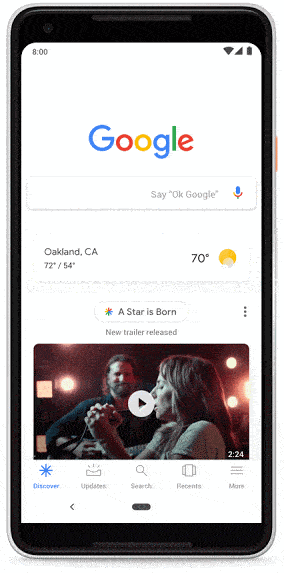
Google Discovery Ads
Data-driven attribution analyses your data and uses predictive algorithms to determine which channels, campaigns, creatives and keywords contribute the most to conversions.
Previously, data-driven attribution was only available on Google Ads for campaigns which achieve 15,000 clicks and 600 conversions per conversion type in 30 days. In 2020, this threshold was significantly reduced to just 3,000 clicks and 300 conversions within the 30-day window.
By reducing the limit for clicks and conversions needed, Google has opened up data-driven attribution to smaller businesses and websites, allowing them to get a better view of which paid campaigns have led to conversions. This data is invaluable; it means smaller businesses can see which campaigns lead to sales, insights which can be used to inform their paid strategy and allow them to improve results.
Another significant change to Google Ads attribution in 2020 is the new ability to see YouTube clicks and video engagements in your paid search attribution metrics. This allows advertisers to see more clearly how upper-funnel activity contributes to conversions, insights which can help with planning advertising across the full customer journey.
YouTube dynamic lineups is a new feature which uses advanced contextual targeting to deliver a better understanding of audiences. By using machine learning to analyse channels on YouTube, including imagery, sound, speech and text, Google can group together ‘packages’ of related channels which can be targeted alongside your existing audience strategies.

YouTube dynamic lineups make it much easier for brands to target relevant audiences at scale and demonstrates a big step forwards in the contextual targeting available on YouTube, which could be increasingly important in a future where there is a bigger focus on privacy and tracking.
Google has made a few improvements to local search campaigns over the year, including reducing the minimum spend and store criteria needed to execute local campaigns, and allowing local campaigns to be optimised towards calls and directions. Previously, only sites with Store Visit Tracking set up could use local campaigns; eliminating this requirement means more stores can optimise for actions like calls and directions where they previously may have been unable to.
Both updates mean more can now use search ads to drive footfall, great for those who have limited to no online offering or rely heavily on instore conversions.
Towards the end of this year, Google launched a new insights page (beta) which uses information about your account to present relevant Google trends data – so a fashion retailer’s insight page might show a rise in demand for wellies in the run-up to festival season, while a holiday company might see a surge in users searching for a specific country following a TV series based there.
The insights page is updated daily which allow businesses to see where search intent and conversions are increasing, highlighting where they could channel their marketing activity or even inform their buying team which product categories present opportunities.
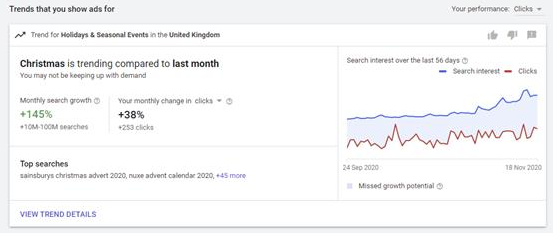
Google Ads Lead Form Extensions were officially released and rolled out across Search, YouTube and Discovery ad units, with Display launching later this year.
Lead Form Extensions allows the user to fill in forms directly within an advert, rather than having to click on an ad and fill in a form once on the website; if the user is signed in on Google, their details are filled in automatically for a completely frictionless form complete.
The form fields can be customised, making it easy to collect relevant details for your campaign; this ability to customise options also means it can be used for multiple types of leads, whether B2B or B2C.
This type of ad already exists for Facebook and typically performs well and we expect them to be a powerful tool in improving lead generation campaigns across the Google networks.
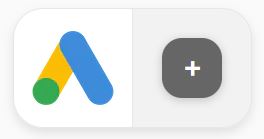
Back in January, Google released an automated integration between Zapier and Google Ads which means advertisers can easily identify and extract CRM conversion events, format the data and upload them to Google Ads, where they can be used as a signal for smart bidding campaigns.
By making data integration simpler, this update means there is less of a technical barrier for advertisers who want to make better use of their data and optimise their campaigns for better performance.
Smart bidding for in-store visits has been around since 2019, but the latest update – smart bidding for in-store sales – goes one up and optimises campaigns for sales rather than just footfall.
To use this feature, you will need to upload store sales data (email or phone number along with the value of the sale). Google then connects this back to the user’s Google account and this data can be used to adjust bids.
You will need to have at least 6,000 offline conversions a month to protect individual’s privacy, and a minimum of 500k clicks per 90 days, and you will need to upload data at least once a week (although daily is better) to use this feature.
This is a really exciting new feature which will allow advertisers to optimise their ad spend towards driving the maximum performance from both online and offline sales.
In September, Google rolled out custom audiences – a simplified solution combining custom affinity and custom intent audiences that allows for more granular targeting.
When building custom audiences, you can choose to target people with certain interests or purchase intentions, or people who have searched for particular terms online. Apps used, places visited, and URLs can also be added in to narrow down targeting further.
Custom audiences can be built to target reach, consideration, and performance. Google will automatically choose which audience to use for your campaigns depending on the audience targeting, your campaign goals and your bidding strategy.
Custom audiences give more flexibility and the ability to be much more granular with your targeting, which – alongside Google automatically choosing the right audience for your campaigns – can help to improve your performance and reach your campaign goals.
If Google Ads is one of the best free ad platforms out there, Search Ads 360 is one of the best premium platforms available. Part of the Google Marketing Platform stack, SA360 offers enterprise-level tools and technology to take your ad campaigns even further.
Many of Google Ads’ new features become available automatically in Search Ads 360, but the platform benefits from additional releases too.
In September 2019, Google began to roll out auction-time bidding (beta) in SA360 for Google Search campaigns. 2020 saw the feature officially launch in full, bringing the same smart bidding capabilities offered in Google Ads to all SA360 users.
Auction-time bidding uses machine learning to set bids at the time of auction. It analyses user intent as well as signals such device, browser, language and time of day, alongside your account history, to anticipate when a conversion is most likely and adjust bids appropriately.
Bing and Microsoft Advertising often get overlooked when it comes to search platforms, although we make a strong case for advertising on Bing here. The platform has made some major improvements this year and, while it is still behind Google Ads in terms of features available, it is becoming a much more intuitive platform to use.
Over 2020, Microsoft Advertising has redesigned its user interface making it much more user friendly, including:
These updates have made it easier to manage Microsoft Advertising campaigns within the Bing Webmaster Tools.
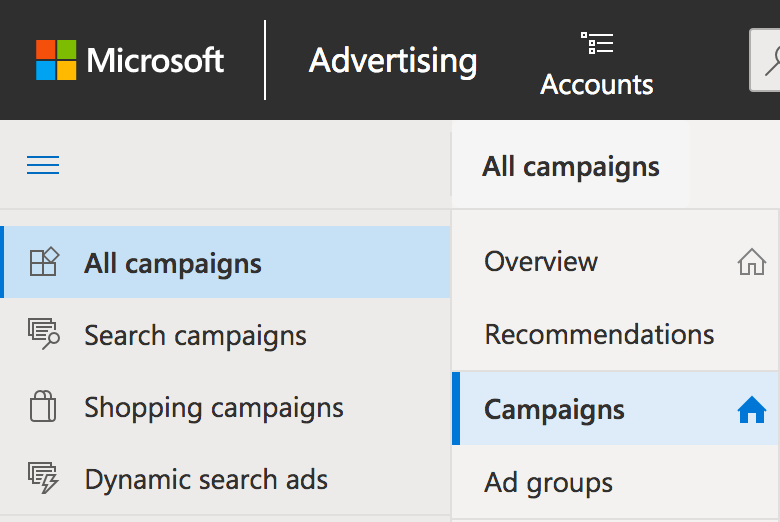
You can read more about Microsoft Advertising’s new UI here
Earlier this year Microsoft partnered with Shutterstock, opening up over 320 million images for advertisers to use in their audience ads and image extensions for free. Advertisers can choose which image they want to use and apply it to their creatives within Microsoft.
This is a handy feature for businesses who either do not have the time and resource to design creatives, or do not have access to the type of high-quality imagery needed for ad campaigns.
It is worth mentioning that while Google does have a partnership with Shutterstock, only Microsoft offers image extensions for search ads at this time – meaning it may be the better option if you find including an image increases clicks and conversions in your campaigns.
Microsoft bought out LinkedIn in 2016, and it is making great use of this acquisition with its new LinkedIn Profile Targeting. This targeting is completely exclusive to Microsoft Advertising and it allows advertisers to target their search campaigns to users based on the company they work for, the industry they work in, and their job role.
This is a really exciting feature, especially for B2B companies who can now narrow down their targeting and get their ads in front of the right people at the right companies. While it is definitely most relevant for B2B, B2C advertisers can still use this type of information – professional life can have a huge influence on purchase behaviour and directly impacts disposable income, which in turn can affect whether someone is likely to buy certain products or brands.
Search ads are not the only area to have had improvements made in 2020; we have seen some exciting features roll out across display too.
Display & Video 360 is Google’s premium platform used to manage end-to-end programmatic campaigns across display, video, TV and audio.
There have been several updates to the tool this year.
Custom bidding allows advertisers to write a Python script that defines how much an impression is worth; Display & Video 360 then uses that script to build an algorithm which predicts the value of each impression and uses this to optimise your bids to best achieve your goals.
DV360 already has a range of automated bid strategies available, but custom bidding makes it possible to optimise campaigns to non-standard metrics – for example, to certain Floodlight activities or variables. Since launching custom bidding scripts, Google has released additional brand signals such as time on screen and audibility to further improve targeting.
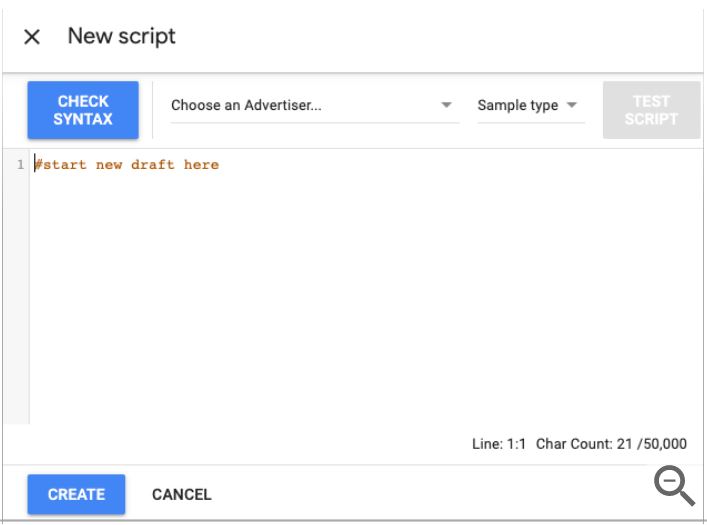
Brand Lift is a free tool which can be used to measure how your ads impact brand perception. When setting up a brand lift test, you can choose from five different metrics to measure: ad recall, favourability, awareness, purchase intent and consideration – the questions users are shown depend on the metric you choose. You can also select up to three competitors who you want to compare this metric against.
Brand Lift tests are a great tool for measuring whether your video activity influences whether people remember your brand, are more likely to buy from you, if it has made a positive impact on their perception of your brand, and more. It has always been possible to run these tests through Google, advertisers can now take these tests into their own hands.
The audio landscape is shifting online, with more people listening to audio on digital platforms than ever. Google has responded to this trend by releasing Audio Mixer in DV360, a new ad creation tool that can be used to easily create audio ads at scale.
Once advertisers have created their audio ad in the mixer tool, they can browse through audio inventory in the DV360 Marketplace.

Audio ads allow advertisers to reach customers even when users are not actively engaging with their screens – for example, listening to a podcast while driving or streaming music at the gym. Being able to both create the ad and buy the inventory within one platform makes audio ads a much more accessible option.
Earlier this year, Google released a new Data Source dimension in Display & Video 360 which gives advertisers a more granular breakdown of where their impressions, clicks and conversions came from. This dimension is available in both offline standard and Floodlight reports and gives much greater clarity of where traffic comes from.
Social media is one of the fastest evolving phenomena out there, with new platforms, new features, and new users seemingly every day.
While advertising itself on social remains fairly stable throughout these fluctuations – solid targeting and quality creatives are the key to getting strong results – there have been some changes this year that positively impact marketers.
One of the biggest changes Facebook made this year was removing the 20% text limit that was imposed on ad images. Prior to this update, images with over this amount of text were penalised and removed.
Facebook has noted that advertisers are encouraged to keep text below 20%, however it is up to their discretion to do so. This update gives brands greater flexibility for how they want their ads to look and is useful where more text may be beneficial (for example during a sale, where including discounts etc. may increase click-through rate).
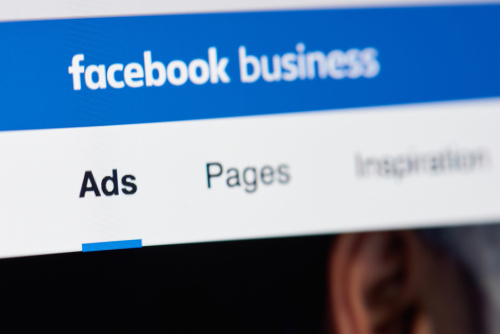
In June 2020, Instagram announced new eligibility requirements for Instagram Shopping which meant any business or creator accounts with a single commerce website and at least one eligible product can use shopping tags to drive in-platform sales.
Opening up eligibility means more businesses can capitalise on their social media community and drive seamless sales without requiring their followers to leave the app.
Earlier this year, LinkedIn launched Conversation Ads, a feature which allows businesses to send interactive messages to users, who are then able to choose the replies they receive from several options until they come across the information they need.
Conversation Ads are highly customisable and can be used to achieve multiple objectives. By allowing businesses to engage in real-time with their audience, they help to push users along the customer journey while gaining valuable insights on intent.
At the beginning of 2020, LinkedIn launched the ability to apply bulk actions to multiple campaigns, making it quicker and easier to pause, activate and archive campaigns within the same campaign group. A simple feature, but one that can save advertisers a lot of time.
The importance of ecommerce marketplaces in paid media has grown exponentially over the years, with Amazon Advertising, in particular, driving huge amounts of revenue for businesses.
While most marketplaces are still a long way behind the likes of Google Ads when it comes to features and usability, there is no denying that they are improving by the day and becoming much more appealing to advertisers and brands.
In the summer Amazon rolled out Amazon Store Spotlight, a new creative format that highlights a brand’s store rather than their products. These ads pull through three store sub-pages which users can then click through to and browse.
Brand Store Spotlight makes it easier for users to see the kind of products a brand offers, as well as click onto relevant categories without the need for a subsequent search (where they might click onto a competitor page instead).
This is a great addition for brands wanting to target top of the funnel searches and raise brand awareness among users in the awareness and research stages of the customer journey.
A small but effective feature released by Amazon this year; ASIN level negative match allows advertisers to prevent irrelevant products from being shown in their campaigns. Prior to this update, the only option available was to use brand level negative match which was not always completely effective; impressions from ASIN were not completely blocked which meant wasting ad spend when using auto campaigns. Being able to block certain ASIN can make a huge difference in CVR and ROI.
As you can see, it has been a great year for innovations in paid media – and this blog doesn’t cover anywhere near all of the new features that rolled out in 2020. We are excited to see what is next for PPC, display, paid social and marketplaces; with the shift to online increasing, we know there are lots more exciting features to come.

![]() Insights
Insights
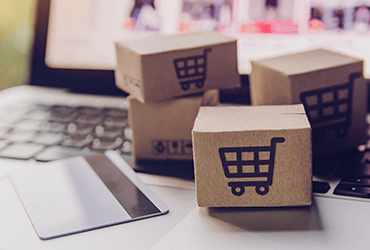
![]() Insights
Insights

![]() Insights
Insights